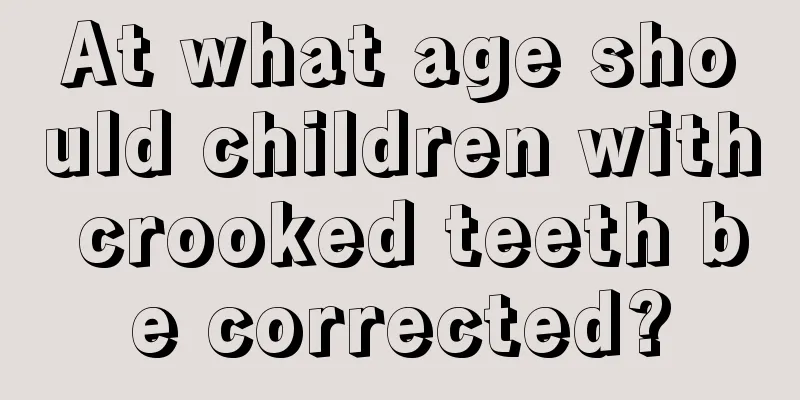How long does it take for a newborn baby's umbilical cord to fall off?

|
Everyone knows that when a newborn is in the mother's womb, it relies on the umbilical cord to obtain nutrition from the outside world. During childbirth, the obstetrician and gynecologist will help women cut the umbilical cord, which will form our belly button over time. The umbilical cord does not fall off by itself at birth. It takes some time for the stump to fall off by itself. It will fall off in a few hours at the fastest and in about 7 days at the slowest. It specifically describes how long it takes for a newborn's umbilical cord to fall off. After the fetus is born, the umbilical cord is tied and cut, leaving a bluish-white stump. After a few hours, the stump turns brown-white. Then it gradually dries up, becomes thinner, and turns black. The umbilical stump usually falls off within 3 to 7 days after birth, and no longer than 14 days. When the umbilical cord first falls off, the wound surface is red and slightly moist, and it heals completely after a few days. Later, due to the contraction of the umbilical blood vessels inside the body, the skin is pulled and sunken to form the umbilical pit, commonly known as the "belly button". In fact, the time when the umbilical cord falls off is different for each baby. Generally speaking, under normal circumstances, the umbilical cord will naturally dries up 24 to 48 hours after birth and usually falls off naturally in 1-2 weeks, but in a few cases it may fall off in 1-2 months. Then why does the umbilical cord fall off after a long time in some cases and a short time in others? It is mostly related to the following factors: whether the care is proper, cleaning the navel every day to avoid infection, and keeping the navel dry, the umbilical cord will fall off faster. If the navel gets wet during bathing, the diaper or clothes rub against the umbilical cord stump, or the covering is too thick and the area is not breathable, the baby's excrement accidentally gets on the wound, these factors may cause unnecessary umbilical cord infection, make it difficult to dry, and cause it to be difficult to fall off. It has something to do with the thickness of the umbilical cord. Some babies have thicker umbilical cords, while others have thinner ones. Babies with thinner umbilical cords will dry out faster and are more likely to fall off. Babies with thick umbilical cords have a slower drier umbilical cord, so it takes longer to fall off. If the belly button does not fall off for a long time and is accompanied by bleeding, it is recommended to lift the umbilical cord and use an iodine cotton swab to clean the area under the umbilical cord. The cotton swab should be held at a 45-degree angle to the belly button and wipe around the belly button in the same direction. If you do not know how to disinfect yourself, it is recommended that you go to the hospital for cleaning and disinfection. |
<<: What are the symptoms before your baby starts teething?
Recommend
Causes of migraine in children
Children with migraines are prone to illness duri...
How to solve the problem of small blisters on children's fingers
Small blisters on children's fingers may be a...
What are the symptoms of tuberculosis in children
Getting sick is something we don’t want to happen...
What is causing the intermittent pain on the right side of a child’s abdomen?
We often hear people talk about intermittent pain...
Potential advantages of introverted children
Many parents worry that their children are introv...
Symptoms of Japanese encephalitis caused by mosquito bites
In our lives, there are many Japanese encephaliti...
Causes of proteinuria in children
There are many common diseases in children. When ...
What to do if children have iron deficiency anemia?
When we have a child, we always want to give him ...
What to do if your six-month-old baby is too thin
Some babies are already six months old, but weigh...
What are the symptoms of fetal toxicity in babies?
Newborn babies have fetal toxins, which are actua...
Children's hands and feet are cold and they are afraid of cold but not fever
Children in their early childhood are very prone ...
What should I do if my child has rhinitis? These recipes are to be remembered
There are many ways to solve rhinitis, but if the...
What does BCG prevent?
We know that newborns are injected with various v...
How can students improve their memory?
What we parents care about most is our children&#...
At what age can babies swim?
Babies can swim as soon as they are born. The ear...









